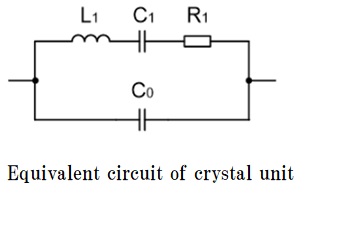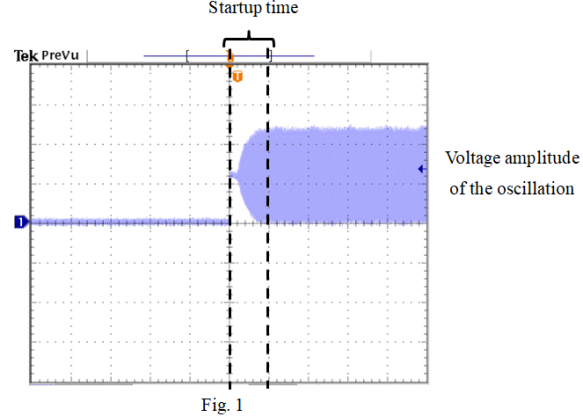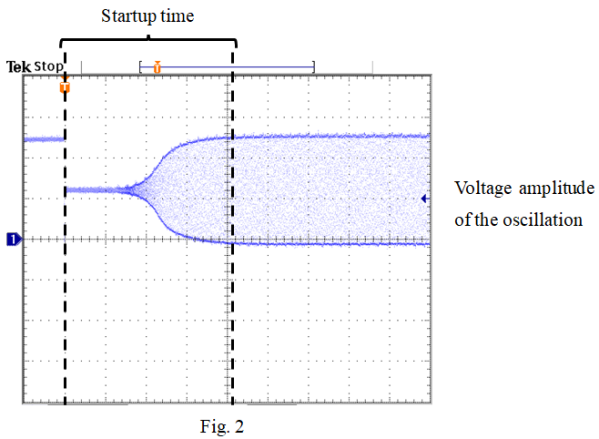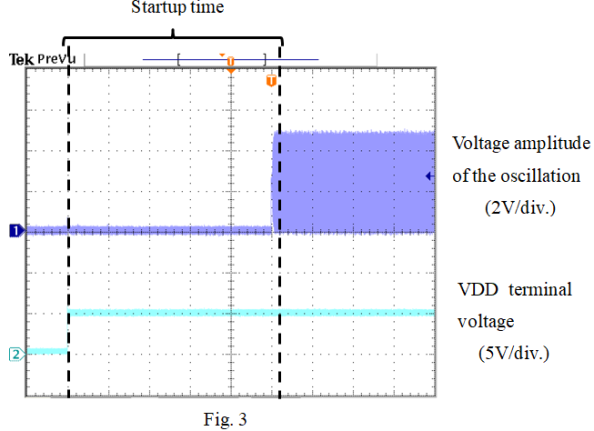- mail_outlineContact
-
Site Search
Please enter a keyword
Site Search
Please enter a keyword
Products
Products
- Crystal Unit
- Crystal Oscillator
- Frequency Synthesizer
- Signal Generator
- Millimeter-Wave Converter
- Synthetic Quartz Crystal
- Optical Component
- QCM Sensor
- Outgas Analysis System
- Ultrasound Probe (Transducer)
- SAW Devices (Manufactured by NDK SAW devices Co., Ltd.)
-
Space
-
Infrastructure / Industrial Equipment
-
Automotive
-
Mobile
-
AV / OA, Medical, Healthcare, Household Appliance
-
Search from Connectivity Standards
Product Search
Investor Relations
Sustainability
-
NDK Group Sustainability
-
Environment
- Top Page of Environments
-
Environmental Philosophy and Policies
- Environmental Philosophy and Policies Top
- Environmental Philosophy and Policies of NDK
- Environmental Philosophy and Policies of Furukawa NDK Co., Ltd.
- Environmental Philosophy and Policies of Hakodate NDK Co., Ltd.
- Environmental Philosophy and Policies of ASIAN NDK CRYSTAL SDN. BHD.
- Environmental Philosophy and Policies of NDK QUARTZ (M) SDN. BHD.
- Environmental Philosophy and Policies of Suzhou NDK Co., Ltd.
- History of Enviromental Conservation
- Enviromental Management System
- Enviromental Performances
- Green Crystal Technology™ —NDK Environment Support—
- Promoting Green Procurement
- Aproaches to Substance of Concern
- Measurement Data (Sayama Plant)
- Suzhou NDK Co., Ltd. Environmental initiatives
- Environmental Report
-
Society
-
Governance
- ESG Data
Outgas Analysis System
Ultrasound Probe (Transducer)
Synthetic Quartz Crystal
Optical Component
QCM Sensor
-
NAPiCOS Series
-
Product Overview
-
Application Examples
- Measurement of label free immune response of the acute phase protein CRP
- Immuno-measurement of low-concentration insulin (100pg/mL ~ 20ng/mL)
- Evaluation of Peptide's property of binding to PMMA stereo- complex membrane
- Calculation of the dissociation constant of glycoprotein
- Measurement of allergen contained in food extract
- Double-strand DNA formation & Protein binding
- Binding transcription factor to DNA
- Quantification sensor for concentration of antibody drugs
- Measurement of low-molecular substance
- Quantitative Evaluation of Beer Body
Oscillation Circuit Evaluation Methods
What is "Startup Time" (1) <Overview>
Although the definition of the startup time varies depending on the case, the standard definition of the startup time in NDK is "the time from the application of the oscillation bias voltage to the oscillation stage until the voltage amplitude of the oscillation saturates".
The standard is to measure in units of 1 ms for circuits in the MHz band and 0.1 s for circuits in the kHz band.
The theoretical formula is as follows:

Tstr: Startup time
k: Proportionality constant
L1: Equivalent motional inductance of crystal unit (See crystal unit equivalent circuit)
|-R|: Negative resistance of circuit (absolute value)
RL : Load resonance resistance of crystal unit

Examples of standard startup time measurements(oscilloscope images) are shown in Fig.1 and 2.


Fig. 1: When the voltage of the oscillation stage rises from 0V to the oscillation biasing voltage.
Fig. 2: When the voltage of the oscillation stage drops from the VDD voltage of the IC to the oscillation bias voltage.
In some cases, the start point of the measurement of the start time is set to "the time when the voltage is applied to the power supply terminal (VDD terminal) of the IC" at the request of the customer.
An example of the startup time measurement (an oscilloscope image) is shown in Fig. 3.

Unless otherwise requested, NDK measures the startup time using the method shown in Figs. 1 and 2.
